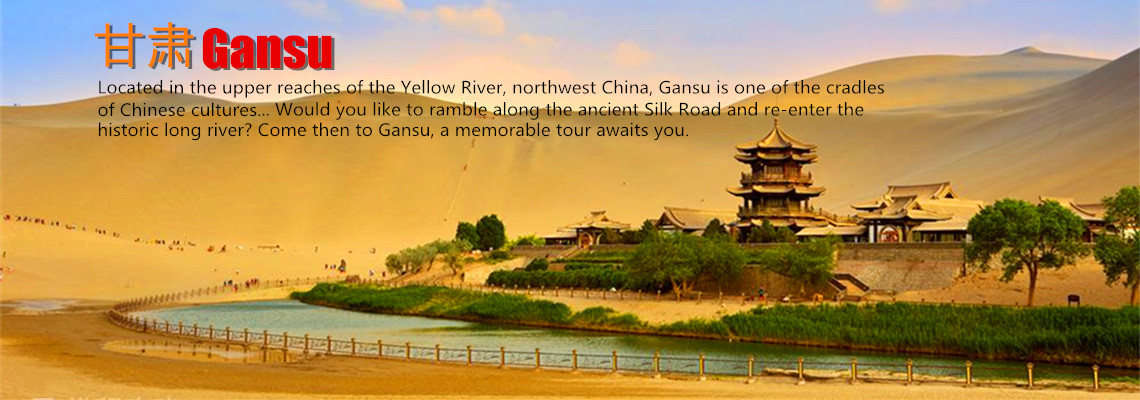
North Grotto Temple
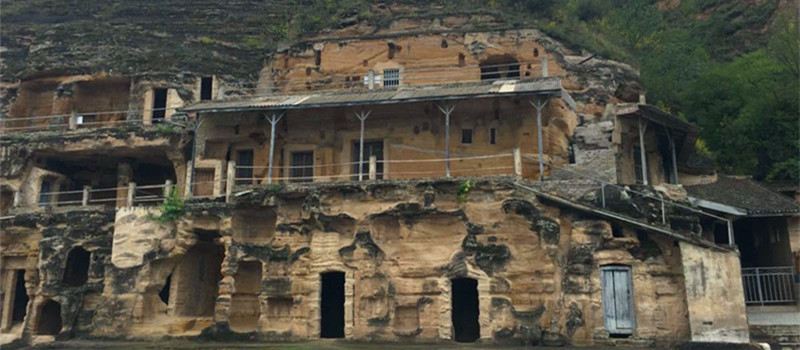
What to see?
The North Grotto Temple now has 296 niches, and 2126 stone carving statues in total. Among them, there are 7 grottos of the Northern Wei Dynasty (368-534), 3 grottos of the West Wei Dynasty (535-556), 13 grottos of the Northern Zhou Dynasty (557-581), 63 grottos of the Sui Dynasty (581-618), 209 grottos of the Tang Dynasty (618-907), and 1 grotto of the Song Dynasty (960-1279). In addition, the North Grotto Temple has wall paintings with 69.7 square meters, 8 steles, 150 pieces of inscriptions from the Sui Dynasty to Qing Dynasty, and various building ruins.
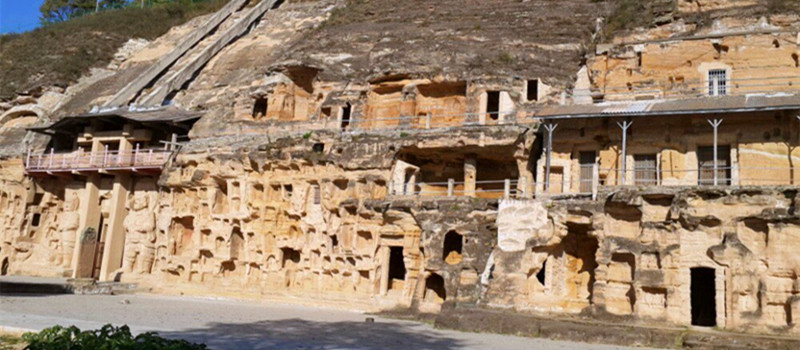
The No.165 Grotto, a Seven-Buddhist-statue Grotto at 14.6 meters high, 21.7 meters wide, and 15.7 meters deep, was built under the supervision by Xi Kangsheng. The inner space is cubical with a reversed-bucket ceiling. It includes seven Buddha statues (all 8 meters tall), the fourteen Bodhisattvas standing on the sides of the main god (all 4 meters tall) and two cross-legged Maitreya statues (5.8 meters tall), Bodhisattva of Universal Benevolence sitting on the elephant (3.5 meters high) and Asura, are on the both sides of the grotto gate. With Buddhist kasaya dressing, these statues were all engraved in elegant style with delicate features. The relief sculptures on the top ceiling of the grotto featured the Buddhist Jataka story of “Sacrifice his own body for the sake of Hungry Tiger", and the Sakyamuni’s life story of “Recreation in Royal Palace". Outside of the grotto, visitors could see one muscular guardian Buddha respectively standing on each of the two sides of the entrance. The tower base in the grotto was repaired in the Song Dynasty. Sixteen Arhats carved in the Song Dynasty stand by the both sides of windows. Various steles and inscriptions, on the both interior and exterior walls of the grotto, were made in the Song, Yuan, and Ming Dynasties. There are 23 large-scale stone statues, and over 110 statues of Thousand Buddha, Feitian (Flying Apsaras), Minstrel, and other relief sculptures of the Buddhist Jataka story and the Sakyamuni’s life story. Therefore, the No.165 Grotto is the most valuable one with largest scale and richest statues among all the grottoes in North Grotto Temple.
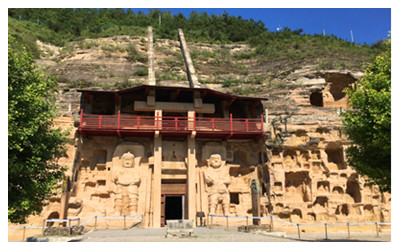
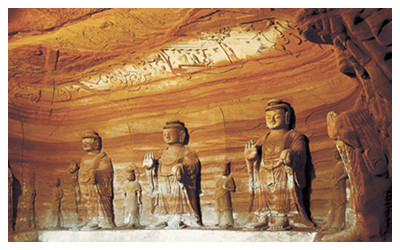
The No.240 Grotto is the representative of the Northern Zhou Dynasty in the North Grotto Temple. The statues of three Buddha and the posture of Bodhisattva not only inherited carving achievements of elegant and delicate features in the Northern Wei Dynasty, but also displayed as the pioneering originality in a well-rounded style typically found in the succeeding Sui and Tang Dynasties. All in all, the No.240 Grotto of the North Grotto Temple is the mirror reflecting the transition of Buddhism arts from the Northern Wei Dynasty to the Tang Dynasty.
Travel Tips
Add: Sigouchuan Village, Dongzhi Township, Xifeng District, Qingyang City,Gansub Province
Tel: 0934-8212126
Opening Hours: 08:00-18:00
Entrance Fee: CNY 100



 Ask Questions ?
Ask Questions ?